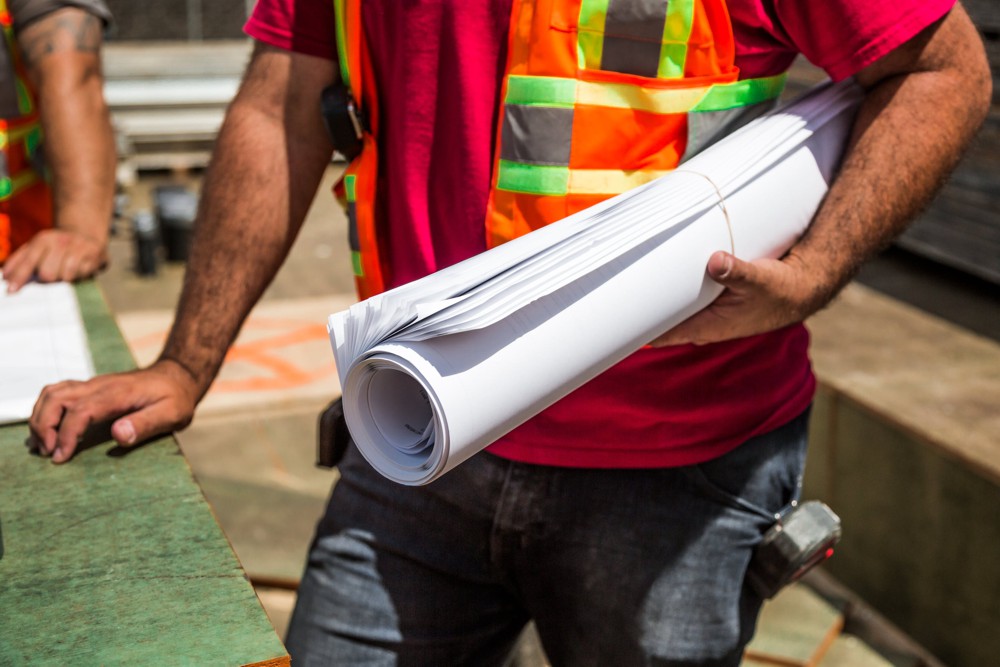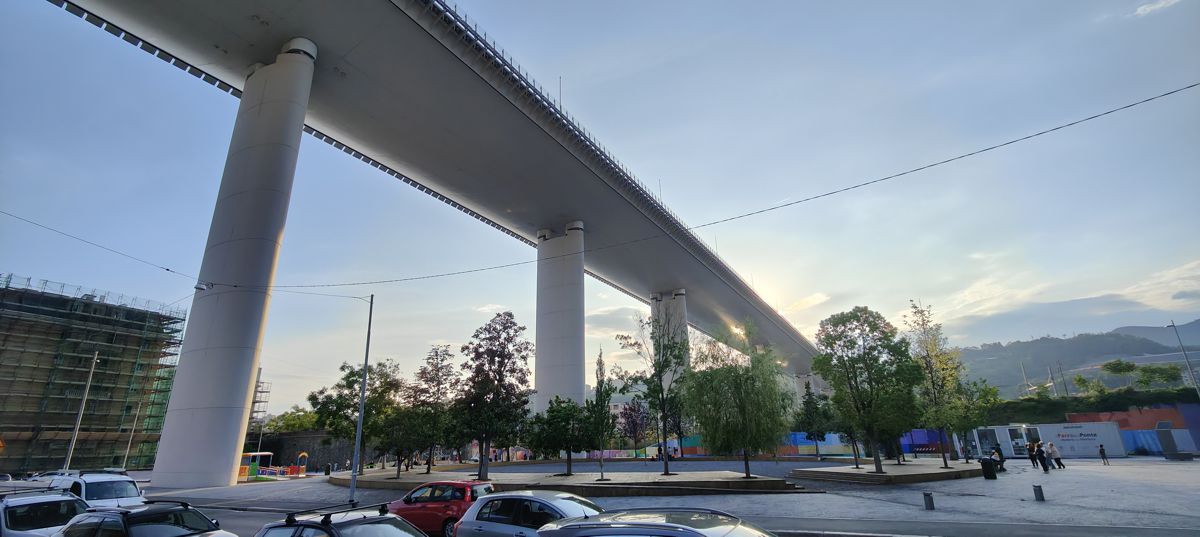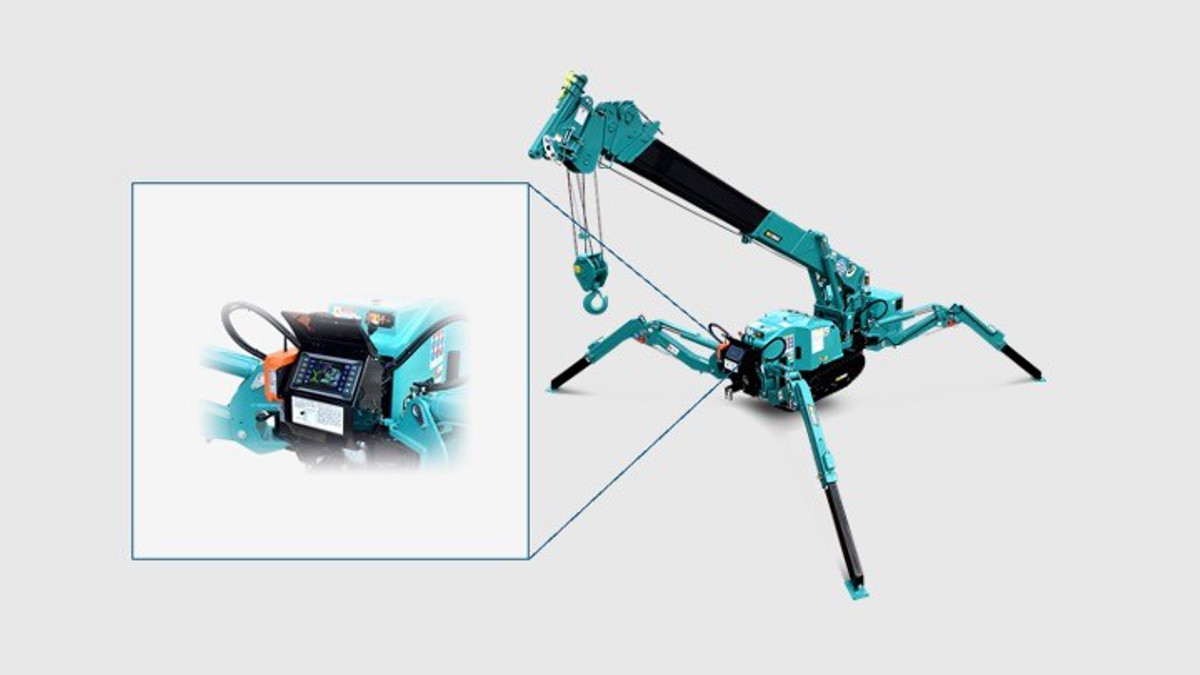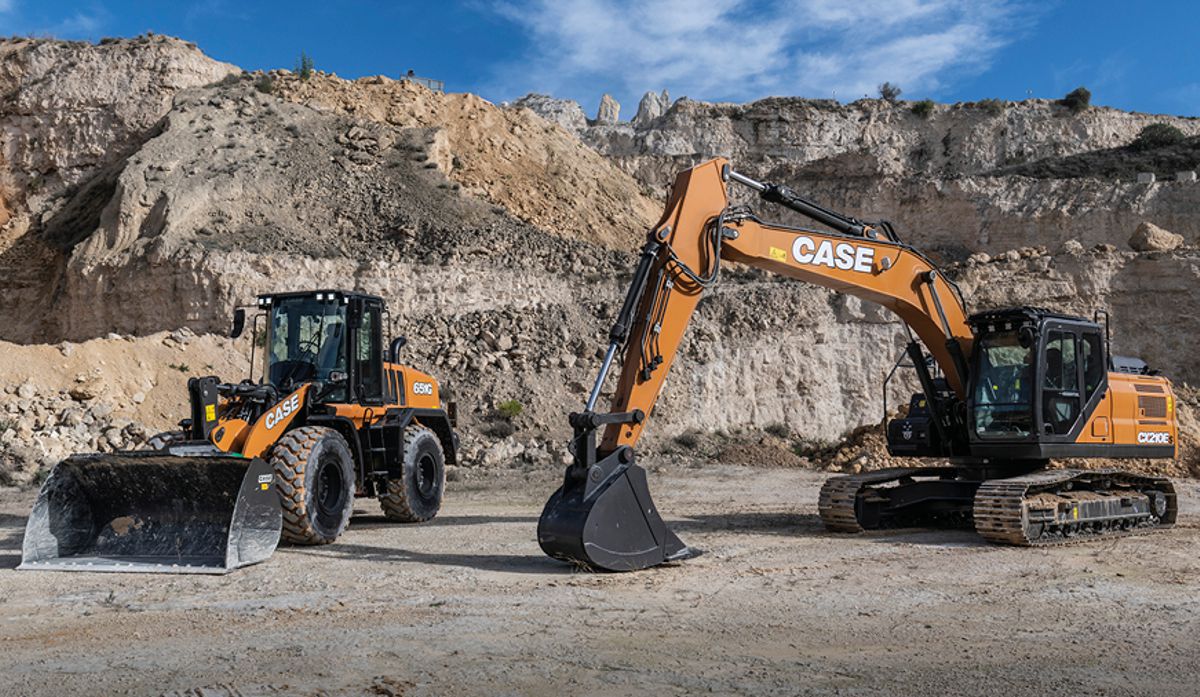How procurement ties into construction health and safety
The procurement process is an important part of every construction project — how you source materials, select suppliers and design contracts can set your project up for success or failure. Your approach to procurement can also affect the health and safety of your business operations and help you make the most of the business benefits that come with excellent health and safety standards.
By improving the health and safety of your project or overall organisation with high-quality materials, suitably skilled and qualified contractors, and well thought out contracts, you can keep people safe and healthy and help safeguard your business’s reputation. Building effective health and safety processes and procedures at an early stage of any project will also help protect your organisation from legal liabilities and improve productivity and profitability.
But before you can benefit from these advantages, you need to understand how procurement ties into health and safety so you can perfect your procurement processes. So in this article, we’ve outlined the connection between your contractor selection and material sourcing processes and your health and safety standards.

Contract Design Influences Project Health and Safety
Once you’ve selected contractors for your projects, you need to draw up contracts detailing the work to be completed, deadlines, terms and conditions. Contracts should detail what is expected of contractors during the project, including their responsibilities relating to health, safety and environmental matters.
Under the CDM 2015 Regulations, all parties involved in the completion of construction projects have duties to fulfil to make sure health and safety risks are managed during every stage of the project. So contracts should make suppliers aware of their CDM responsibilities. Contractor agreements can also outline how work activities should be carried out, so they are as safe as possible for workers.

Contractors Need to Be Able to Carry Out Tasks Safely
When selecting contractors for your project, you need to know they have the necessary skills, knowledge, training, capabilities and experience to complete tasks safely and to a high standard. Construction is a high-risk industry, with a fatal injury rate four times higher than the rate in other industries. So it’s crucial projects in this sector are completed by contractors that know how to mitigate risks and keep themselves and others safe.

Prequalified Contractors Can Help You Achieve Compliance
Primarily, ensuring good health and safety standards is about making sure your workers and any other people who might be affected by your business operations are protected from harm and ill-health. But from a business perspective, health and safety is also a matter of compliance. There are lots of different regulations you need to comply with, from the COSHH regulations to the Health and Safety at Work Act 1974. For your organisation to achieve complete compliance with health and safety legislation, your contractors also need to be compliant.
During your contractor selection process, you can use accreditation schemes to find contractors who prequalify for projects. This means they’ve already completed modules to demonstrate their competence and compliance across different areas of risk assessment, including health and safety. Choosing prequalified, competent contractors can help you maintain high health and safety standards and increase compliance throughout your supply chain, whilst freeing up the resources of your commercial teams.

The Quality of Materials Can Have a Big Impact on Health and Safety
Almost every construction project will rely on materials of some sort to build, repair or renovate structures. The quality of these materials can affect the health and safety of projects during the construction phase — and the safety of the completed structure.
For example, if materials aren’t strong enough for the intended use, workers may face the risk of structures collapsing and causing serious injuries. Projects completed using low-quality materials result in a structure full of health and safety risks. One example of how poor quality materials can lead to serious consequences is the recent Grenfell Tower fire. Grenfell Tower was built with low-cost cladding that didn’t meet fire safety guidelines, and as a result, the fire spread quickly.
When projects aren’t completed to a high enough standard, there are also the risks of rework to consider. If structures need to be repaired because the materials used were of poor quality, or if they need to be rebuilt using better materials that meet standards and regulations, workers will again be exposed to health and safety risks and increased project costs.
So as well as selecting contractors with all the right skills and experience, it’s also important to source high-quality materials that won’t compromise the safety of workers or members of the public.
Effective planning and preparation at the early stages of any project can deliver health, safety, environmental and quality benefits at laters stages. Engaging with your supply chain at the design stage can often pre-empt and avoid problems during the construction phase.
Article by David Ford, a knowledgeable Compliance Lead with CHAS, the UK’s leading provider of risk mitigation, compliance and supply chain management services. He has 30 years of experience working within the construction sector in covering cost and contractor management, inspection and risk assessment. Skilled in business health and safety executive support, David is passionate about the development of people at all levels, from board to site.














